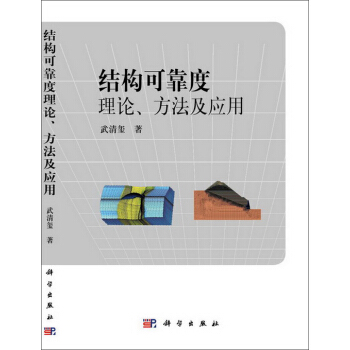![核物理学 [Nuclear Physics in a Nutshell]](https://pic.windowsfront.com/11316301/rBEhWFI4U_oIAAAAAAKLQE1jVwwAADQ5gLUkg4AAotY827.jpg)

具体描述
内容简介
The general idea of the book is to present basic information on the atomic nucleus and the simple theories that try to explain it. Although there is reference to experiments or measurements when I find it necessary, there is no attempt to describe the equipment and methods of experimental nuclear physics in a systematic and consistent way. In the same way, practical applications of nuclear physics are mentioned sporadically, but there is no commitment to giving a general panorama of what exists in this area.In the ordering of the subjects, I chose to begin with a study of the basic components of the nuclei, the protons and neutrons, and of other particles that compose the scenario of nuclear processes. Pions and quarks play an essential role here, and a summary of their properties is presented.
In chapter 1 the properties of hadrons are summarized. Chapters 2 and 3 treat the system of two nucleons, the deuteron and the nucleon-nucleon interaction, while in the next chapter the properties of nuclei with any number of nucleons is introduced. The nuclear models that have been developed in an effort to explain these properties are described in chapter 5.
Chapters 6 to 9 work with nuclear transformations, starting with a general study of radioactive properties followed by the description of alpha, beta, and gamma decay.
Chapters 10 and 11 embrace the second great block of study in nuclear physics, nuclear collisions, and chapter 12 treats the role of nuclear physics for stellar evolution in several contexts of astrophysics.
Chapter 13 discusses the rapidly growing field of rare nuclear isotopes, short-lived nuclei far from the valley of stability.
An adequate level for a complete understanding of this book corresponds to a student studying at the end oaf first degree in physics, including, besides basic physics, a course in modern physics and a first course in quantum mechanics. Students of other exact sciences and of technology in general, can profit in good part from the subjects presented in this book.
内页插图
目录
Introduction0.1 What is Nuclear Physics?
0.2 This Book
1 Hadrons
1.1 Nucleons
1.2 Nuclear Forces
1.3 Pions
1.4 Antiparticles
1.5 Inversion and Parity
1.6 Isospin and Baryonic Number
1.7 Isospin Invariance
1.8 Magnetic Moment of the Nucleons
1.9 Strangeness and Hypercharge
1.10 Quantum Chromo dynamics
1.11 Exercises
2 The Two-Nucleon System
2.1 Introduction
2.2 Electrostatic Multipoles
2.3 Magnetic Moment with Spin-orbit Coupling
2.4 Experimental Data for the Deuteron
2.5 A Square-well Model for the Deuteron
2.6 The Deuteron Wave function
2.6.1 Angular momentum coupling
2.6.2 Two particles of spin 1/2
2.6.3 Total wave function
2.7 Particles in the Continuum: Scattering
2.8 Partial Wave Expansion
2.9 Low Energy Scattering
2.10 Effective Range Theory
2.11 Proton-Proton Scattering
2.12 Neutron-Neutron Scattering
2.13 High Energy Scattering
2.14 Laboratory and Center of Mass Systems
2.15 Exercises
3 The Nucleon-Nucleon Interaction
3.1 Introduction
3.2 Phenomenological Potentials
3.3 Local Potentials
3.3.1 Nonlocal potential
3.4 Meson Exchange Potentials
3.4.1 Yukawa and Vander Waals potentials
3.4.2 Field theory picture
3.4.3 Short range part of the NN interaction
3.4.4 Chiral symmetry
3.4.5 Generalized boson exchange
3.4.6 Beyond boson exchange
3.5 Effective Field Theories
3.6 Exercises
4 General Properties of Nuclei
4.1 Introduction
4.2 Nuclear Radii
4.3 Binding Energies
4.4 Total Angular Momentum of the Nucleus
4.5 Multipole Moments
4.6 Magnetic Dipole Moment
4.7 Electric Quadrupole Moment
4.8 Excited States of Nuclei
4.9 Nuclear Stability
4.10 Exercises
5 Nuclear Models
5.1 Introduction
5.2 The Liquid Drop Model
5.3 The Fermi Gas Model
5.4 The Shell Model
5.5 Residual Interaction
……
6 Radioactivity
7 Alpha-Decay
8 Beta-Decay
9 Gamma-Decay
10 Nuclear Reactions-I
11 Nuclear Reactions-II
12 Nuclear Astrophysics
13 Rare Nuclear Isotopes
Appendix A Angular Momentum
Appendix B Angular Momentum Coupling
Appendix C Symmetries
Appendix D Relativistic Quantum Mechanics
Appendix E Useful Constants and Conversion Factors
References
Index
前言/序言
用户评价
我对这本书的期待,更多地来自于它所代表的那个领域本身。核物理,听起来就有一种“力量感”,它涉及的那些粒子碰撞、能量释放,感觉像是宇宙中最根本的“引擎”在运转。我不知道这本书会以什么样的视角来切入,但如果它能让我理解,为什么在如此微小的尺度上,会有如此巨大的能量积聚,那将是多么令人震撼的体验。我猜测它会循序渐进地介绍一些基本的概念,比如原子核的构成,核力的性质,以及不同类型的衰变。我希望它能用一种富有逻辑性的方式,将这些零散的知识点串联起来,形成一个完整的知识体系。也许它还会涉及到一些前沿的核物理研究,比如粒子加速器,或者高能物理实验,为我打开一扇了解现代科学研究的窗口。我期待它能不仅仅是科普,更能激发我对科学探索精神的认同。
评分我常常在想,我们每天呼吸的空气,脚下踩踏的土地,甚至我们身体里的每一个细胞,其核心都隐藏着怎样的能量密码?这本书的名字听起来就很有意思,"In a Nutshell" 让我联想到那种“浓缩精华”的感觉,希望它不是那种过于晦涩难懂的学术著作,而是能够以一种相对容易理解的方式,向我们展示核物理学的精髓。我非常好奇,它会如何解释那些我们日常生活中听到的,比如核能发电,或是医学上使用的放射性同位素。这些技术背后支撑的原理,是否都可以在这本书中找到清晰的脉络?我期待它能用生动的比喻和清晰的图示,将那些抽象的概念具象化,让非专业人士也能领略到核物理学的魅力。毕竟,科学不应该只是少数专家的专利,它应该能够触及每一个普通人的好奇心。我希望它能点燃我对科学的火花,让我看到隐藏在日常之下的,那股驱动宇宙运转的强大力量。
评分这本书的封面设计倒是挺别致的,简约而又不失专业感,深邃的蓝色背景搭配银白色的字体,仿佛预示着宇宙深处的奥秘即将在这本书中徐徐展开。我一直对宏观宇宙和微观粒子都充满了好奇,而核物理正好是连接这两者的桥梁。想象一下,那些构成我们所知的一切的微小粒子,它们内部是如何运作的?能量的产生与释放,元素的转化,这些都是多么令人着迷的现象。虽然我对书的具体内容还一无所知,但仅凭这封面给我的感觉,就足够激发我探索的欲望了。我期待它能够用一种既严谨又不失趣味的方式,为我揭示核物理学那引人入胜的一面。也许它会让我对原子核的结构、核力、放射性衰变等基本概念有更深入的了解。我希望它能像一位博学的向导,带领我在原子核的奇妙世界里穿梭,解答我心中那些关于物质最基本构成的疑问。毕竟,了解核物理,就等于在窥探宇宙的起源和演化,这本身就是一件令人兴奋的事情。
评分拿到这本书的时候,我第一时间就被它的名字吸引了。感觉它就像一本“速成指南”,能够在短时间内让我对核物理这个曾经觉得遥不可及的领域有一个全新的认识。我一直对“核”这个字眼既敬畏又好奇,它既代表着巨大的能量,也伴随着一些未知与神秘。这本书能否帮助我解开这些谜团?我猜测它可能会从最基本的粒子结构讲起,然后逐步深入到更复杂的核反应和核衰变过程。我希望它能解释清楚,为什么某些原子核会不稳定,为什么会释放出能量,以及这些能量是如何被利用或产生的。也许它还会触及到一些核物理学的应用,比如在天体物理学中的角色,或者在核武器研发的历史中的位置。尽管我无法预知具体内容,但“In a Nutshell”这个副标题给了我很大的信心,它似乎在承诺,无论多么深奥的理论,都会被提炼成易于消化、直击核心的知识。
评分这本书的标题,"Nuclear Physics in a Nutshell",光是听起来就有一种“硬核”但又“包罗万象”的感觉。我总觉得,核物理是理解物质世界最底层的关键之一,它揭示了构成我们一切的基石。我好奇这本书会如何“浓缩”这个庞大的领域。它是否会从质子、中子这些基本粒子讲起,然后深入到原子核的稳定性、核反应的类型,甚至是核链式反应的原理?我希望它能以一种清晰、简洁的语言,来阐述这些复杂的概念,避免过于枯燥的数学推导,而是侧重于概念的理解和原理的阐释。也许它还会讨论核物理学在能源、医疗、国防等领域的应用,让我看到这个学科的现实意义。我期待它能成为我认识核物理世界的“敲门砖”,让我能够站在一个更高的起点,去理解那些关于宇宙最深刻的奥秘。
评分一直想找一本方便的核物理参考书,这本比较容易读懂,非常实用。
评分不错,非常实用
评分该书应该起名为理论核物理比较贴切一些。
评分核yGE物RjYe理学
评分核物理基础,里面内容倒没什么特别的。书的印刷质量不怎么样,有好几页可以清楚地看到背面的字,影响阅读
评分喜欢核物理学且英语好的人,建议购买。
评分该书应该起名为理论核物理比较贴切一些。
评分核物理基础,里面内容倒没什么特别的。书的印刷质量不怎么样,有好几页可以清楚地看到背面的字,影响阅读
评分好
相关图书
本站所有内容均为互联网搜索引擎提供的公开搜索信息,本站不存储任何数据与内容,任何内容与数据均与本站无关,如有需要请联系相关搜索引擎包括但不限于百度,google,bing,sogou 等
© 2025 book.coffeedeals.club All Rights Reserved. 静流书站 版权所有

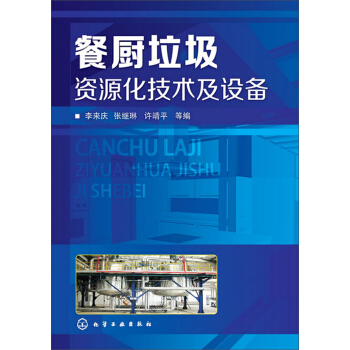
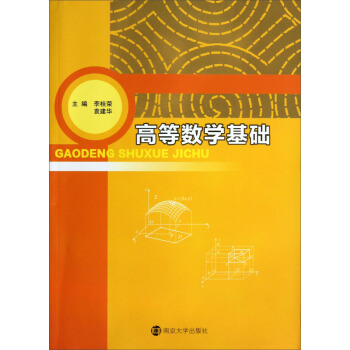
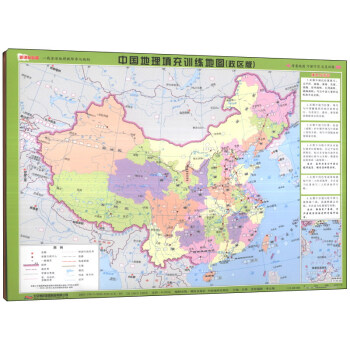
![数据分析与建模方法 [Data Analysis and Statistical Modeling] pdf epub mobi 电子书 下载](https://pic.windowsfront.com/11351371/rBEhVVKBgCoIAAAAAAC8CizRM4gAAFhHgJnuLEAALwi863.jpg)
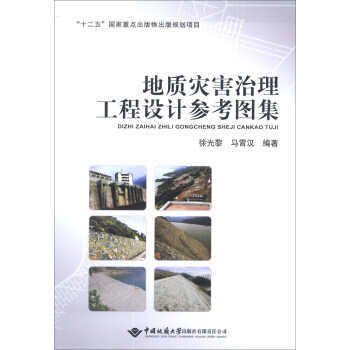
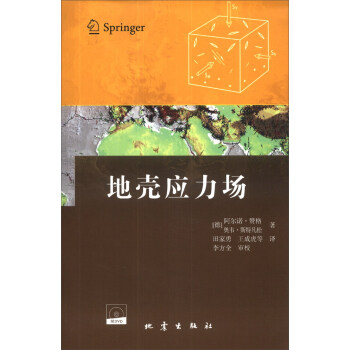


![大学物理学(下册) [University Physics (Volume II)] pdf epub mobi 电子书 下载](https://pic.windowsfront.com/11404522/rBEhVFMOmZoIAAAAAAJZU92vWDsAAJIngO5DbYAAllr782.jpg)

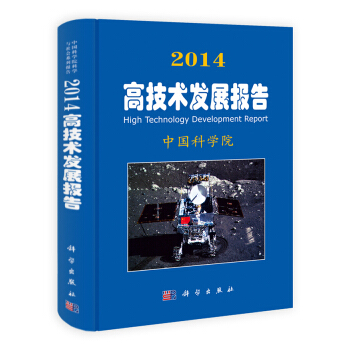


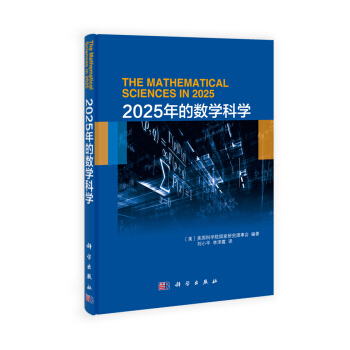
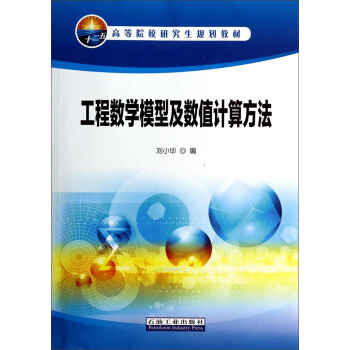
![工程断裂力学简明教程 [An Introduction to Engineering Fractrue Mechanics] pdf epub mobi 电子书 下载](https://pic.windowsfront.com/11490517/53d98610N27c4c25b.jpg)
